Nestled in the heart of Hanoi’s bustling Old Quarter, Hang Buom Street, known as “Sail Street,” is a vibrant tapestry woven with the threads of history, culture, and daily life. This historic thoroughfare is more than just a street; it’s a living museum that showcases the evolution of Hanoi over centuries. Once a hub for trading sails and cotton goods, Hang Buom still pulsates with life as it welcomes both locals and tourists into its vibrant atmosphere of markets, temples, cafés, and street food stalls. From its rich historical background to its contemporary significance, Hang Buom Street embodies the dynamic spirit of Hanoi, offering visitors an opportunity to explore a harmonious blend of the ancient and the modern.
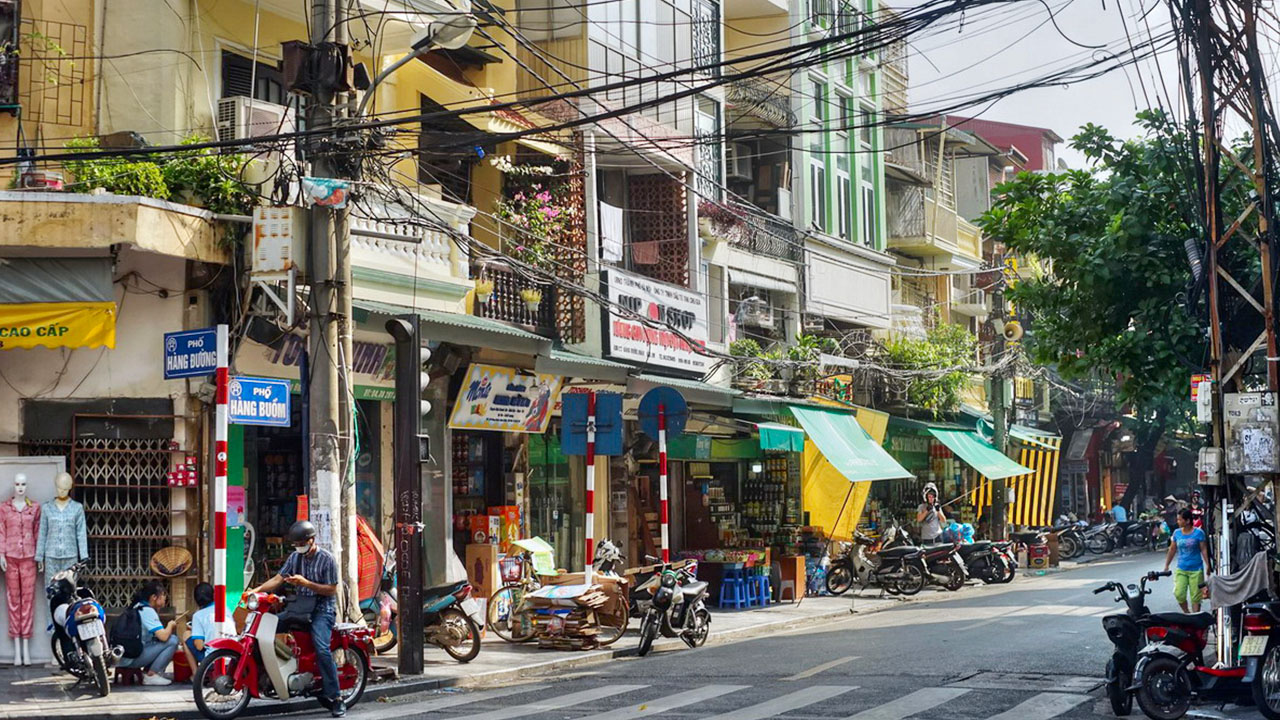
Walking along https://www.advoptic.com/product/visoflox/ Hang Buom Street, one can appreciate the intricate architecture that serves as a backdrop to everyday life. The historical essence is palpable; every corner whispers tales of the merchants who once traded on this bustling road, and every structure reflects the influences of diverse cultures that have crossed paths here. The street is alive with color and sound, with vendors calling out, selling their wares, and inviting passersby to indulge in a myriad of delightful culinary treats. Strolling through this vibrant street is not just about visiting a location it’s an immersive experience that paints a picture of Hanoi’s past and present.
History and Cultural Significance
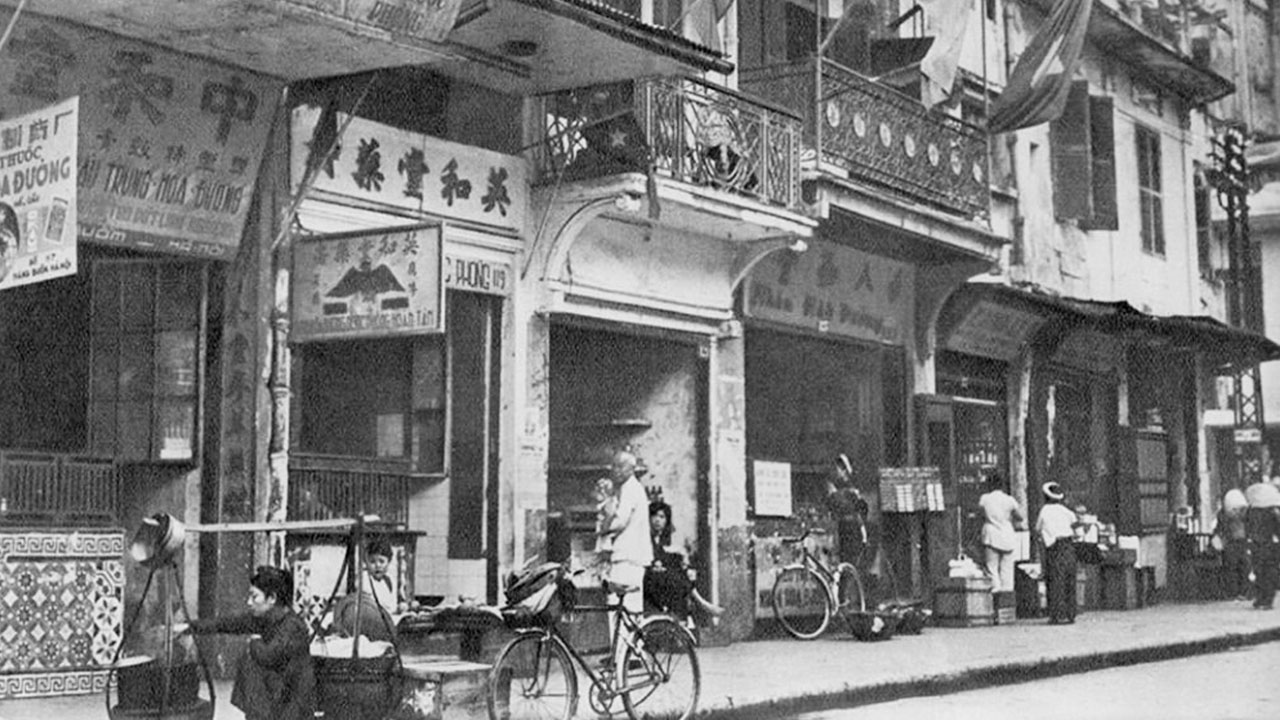
Hang Buom Street has a rich historical significance tied to its early days as a commercial center. This area flourished during the 15th to 18th centuries, remaining a vital trading post for silk, textiles, and other goods that flowed through the vibrant markets of Hanoi. The street not only reflects the economic vitality of that era but also holds stories of the people who lived and thrived here, particularly the Chinese-Vietnamese community that significantly influenced its cultural fabric.
Tramadol Online Purchase Historical Landmarks on Hang Buom Street Hanoi
At the heart of Hang Buom stands the http://mayagmedical.com/bienvenidos/ Bach Ma Temple, which is considered one of the oldest temples in Hanoi, dating back to the late 11th century. This temple, nestled at 76 Hang Buom Street, is dedicated to a legendary white horse believed to have guided the founding emperor of the Ly Dynasty, Ly Thai To. The intricate architecture of the temple, adorned with delicate carvings and colorful offerings, makes it not just a spiritual site but also a historical landmark that reflects the essence of Vietnamese spirituality.
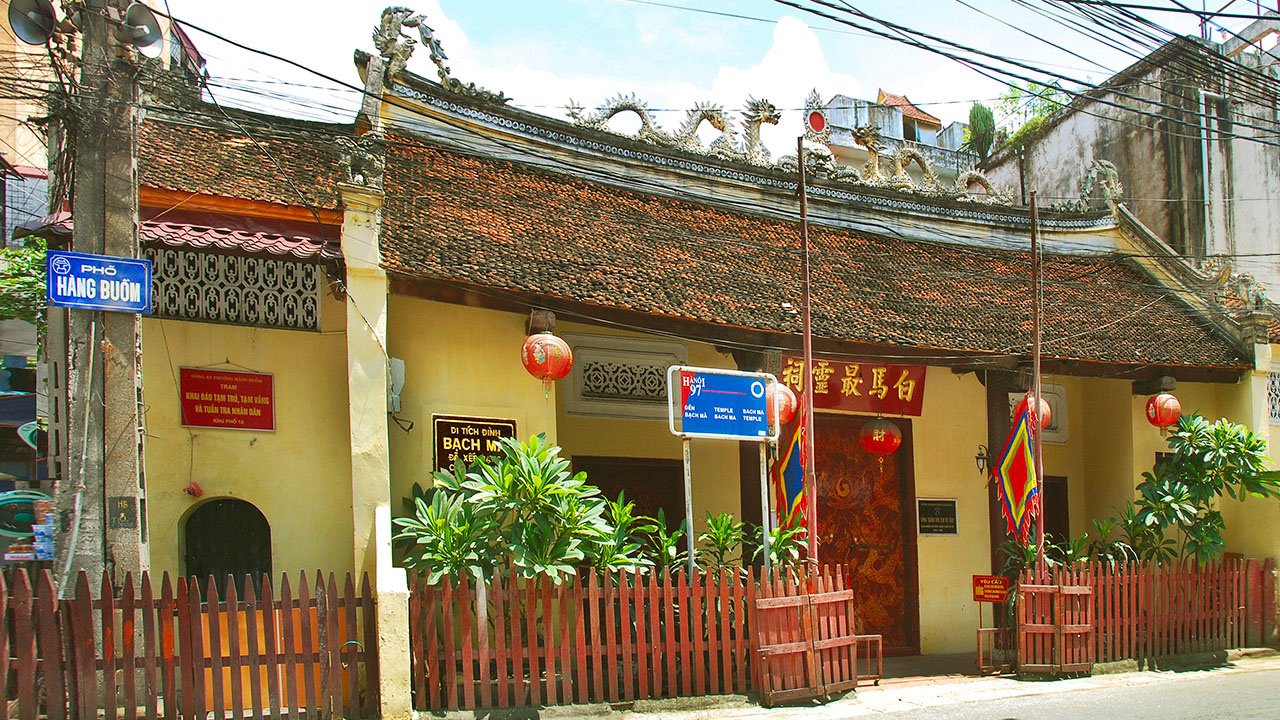
In stark contrast to the spiritual aura of the Bach Ma Temple, the nearby Buy Ultram Hang Da Church features a striking neo-Gothic style that showcases the French influence on Vietnam’s architectural landscape. This juxtaposition of styles traditional Vietnamese religious structures and colonial-era designs illustrates the rich historical narrative of Hang Buom Street.
To further appreciate the historical significance, visitors can explore the https://galliafarmaceutica.com.br/gallia/ Museum of Hanoi, a neo-classical building showcasing Vietnam’s cultural heritage and history, offering essential insights into the transformation of the city through times of war, peace, and globalization.
| Landmark | Historical Significance | Architectural Style |
|---|---|---|
| Bach Ma Temple | The oldest temple in Hanoi, dedicated to the horse guiding Emperor Ly Thai To. | Traditional Vietnamese |
| Hang Da Church | Represents the impact of French colonialism in architecture. | Neo-Gothic |
| Museum of Hanoi | Cultural repository showcasing Vietnam’s history and art. | Neo-classical |
Each landmark serves as a crucial thread in the fabric of Hang Buom Street’s history, creating a rich narrative that visitors can appreciate at every turn.
Cultural Events Celebrated on Hang Buom
The cultural life along Hang Buom Street is vibrant, with various traditional festivals marking the calendar year. One of the most anticipated celebrations is the Mid-Autumn Festival, a time when families gather to celebrate unity. The streets become alive with colorful lanterns, while vendors line the paths, selling mooncakes and toys that capture the spirits of childhood. The festival embodies the essence of community, where laughter and joy fill the air, reminding everyone of the importance of kinship and shared traditions.
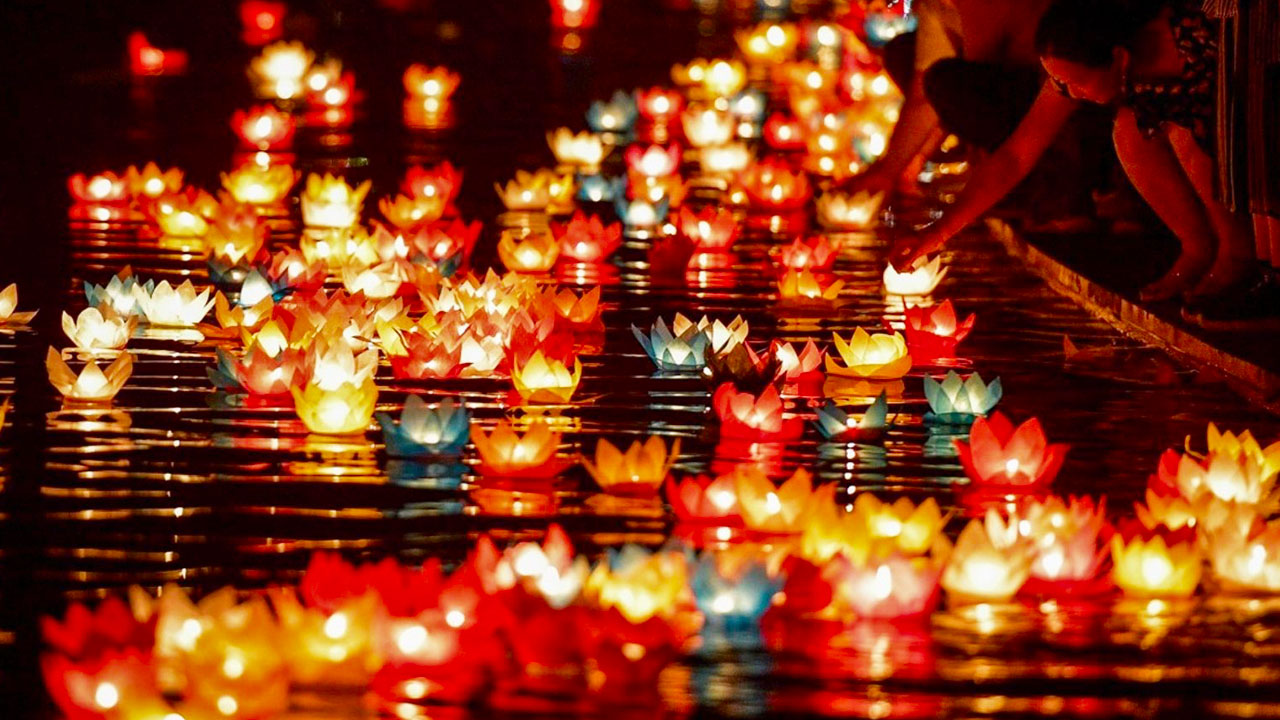
Another significant event hosted in Hang Buom is the http://divine-ascension.com/luke-wenczel Wandering Souls Festival, known locally as Buy Tramadol Online Without A Prescription Vu Lan. This festival reflects deep-rooted Vietnamese beliefs about honoring ancestors and involves locals offering food and incense to appease the spirits of the departed. The atmosphere during this time invites reflection and reverence, as the community comes together in acknowledgment of their heritage and the importance of familial bonds.
Events such as these not only celebrate the cultural diversity of the area but also serve as a reminder of the vibrant traditions that connect the residents of Hanoi to their history and to one another.
The Impact of French Colonial Architecture
The French colonial era profoundly influenced the architectural landscape of Hanoi, prominently seen in and around Hang Buom Street. Between the 19th and mid-20th centuries, the French introduced new architectural styles that fused Western aesthetics with traditional Vietnamese design. This period saw the rise of buildings characterized by high ceilings, spacious balconies, and ornate facades painted in soft yellows features that are still celebrated today for their elegance and charm.

This architectural legacy not only revolutionized the urban landscape but also acted as a canvas for cultural exchange, showcasing how distinct styles could coalesce into something uniquely Vietnamese. For instance, cafes that once served as social hubs during colonial times now stand as quaint eateries and boutiques, blending contemporary Vietnamese lifestyle with historical context.
Moreover, the prevalence of French architecture facilitated the establishment of public spaces that fostered social interaction and community engagement. Schools and administrative buildings from this period modernized the education system and governance in Vietnam, setting the groundwork for a new civic consciousness.
Today, as tourists traverse Hang Buom Street, they are not merely walking through a commercial zone; they are participating in a lived history where the legacies of the past have shaped the vibrant culture and humane spirit of the present.
Local Attractions
Exploring Hang Buom Street also opens the door to a multitude of local attractions, each offering its unique glimpse into the life, culture, and spirit of Hanoi.
Markets and Shops Along Hang Buom Street
One of the most vibrant aspects of Hang Buom Street is its bustling market scene. The Order Soma 350Mg Online Dong Xuan Market, located just a stone’s throw away, is a must-visit for anyone looking to dive into local commerce. As Hanoi’s largest indoor market, it offers an array of products from clothing and handicrafts to fresh produce and mouthwatering snacks. The market encapsulates the essence of daily life in Hanoi, capturing the energy and vibrancy that characterizes the Old Quarter.
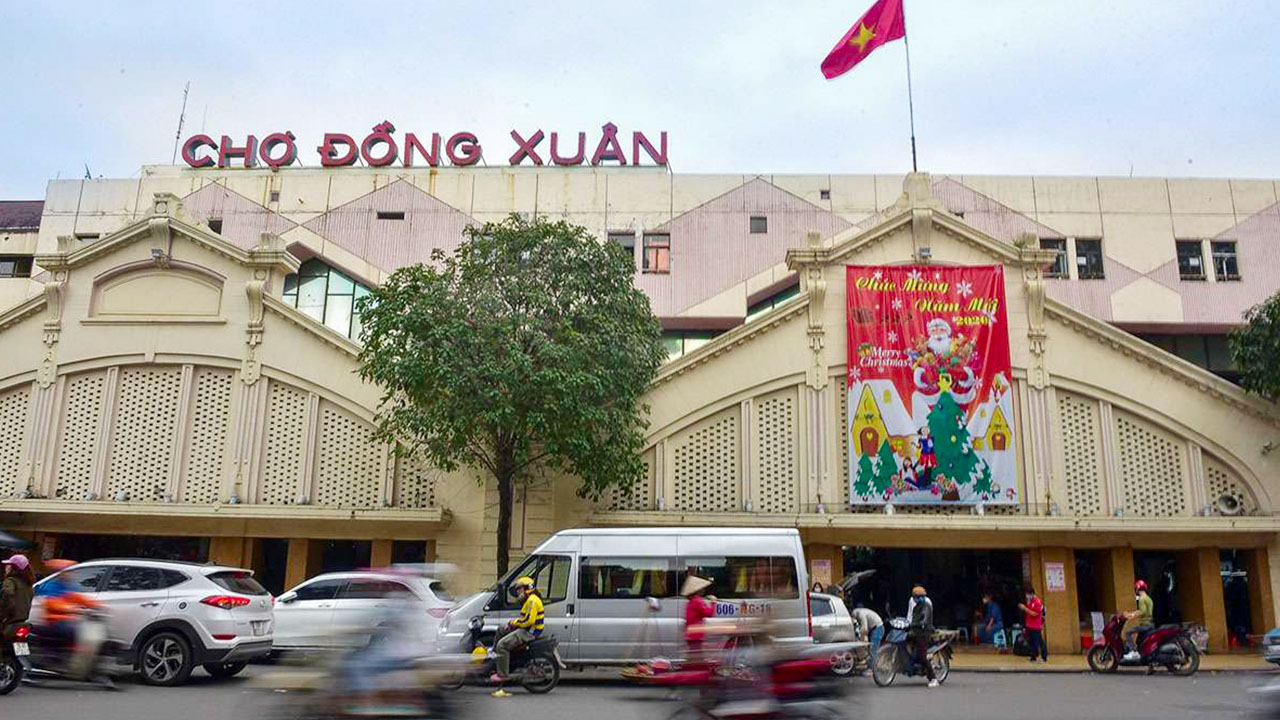
In addition to Dong Xuan, the Hang Da Market features a blend of traditional and modern shopping experiences. Here, visitors can find textiles, traditional clothing, and contemporary fashion collectibles that reflect both heritage and trends. The juxtaposition of vintage and modernism in this marketplace speaks to the evolving tastes and needs of Hanoi’s dynamic population.
| Market | Key Features | Best For |
|---|---|---|
| Dong Xuan Market | Largest indoor market; diverse range of products. | Authentic Vietnamese shopping |
| Hang Da Market | Mixing traditional handicrafts with modern items. | Unique souvenirs and textiles |
Temples and Religious Sites in the Area
Temples dotting the landscape of Hang Buom Street are not only vital religious sites but also essential cultural landmarks. Buy Ambien 10 Mg Bach Ma Temple, at No. 76 Hang Buom, is revered for its stunning architecture and historical significance. It’s where locals gather to pray and seek blessings, making it an integral part of everyday spiritual life in Hanoi.
Another noteworthy site is the Quan De Temple, situated at No. 28 Hang Buom. This temple is dedicated to Quan Cong, a figure renowned for his loyalty and integrity. Recently renovated, the temple also houses an information center that plays host to traditional cultural performances, providing visitors with a gateway into Vietnam’s rich performing arts.
| Temple | Address | Significance |
|---|---|---|
| Bach Ma Temple | 76 Hang Buom | The oldest temple in Hanoi |
| Quan De Temple | 28 Hang Buom | A dedicated site for worship and culture |
These places not only enrich the historical narrative of Hang Buom but also serve as spaces for reflection and community gathering.
http://divine-ascension.com/live Popular Cafés and Restaurants on Hang Buom
As the sun sets over Hang Buom, the street transforms, with cafés and restaurants coming alive to serve both locals and tourists. One of the acclaimed spots is https://centexseniorcare.com/medicare-insurance/ Cinnamon Restaurant, located at 08 Hang Buom, which offers a cozy atmosphere replete with a mixed menu of Vietnamese and Asian dishes. It’s a great place to savor vibrant flavors while immersing oneself in the ambiance of the Old Quarter.
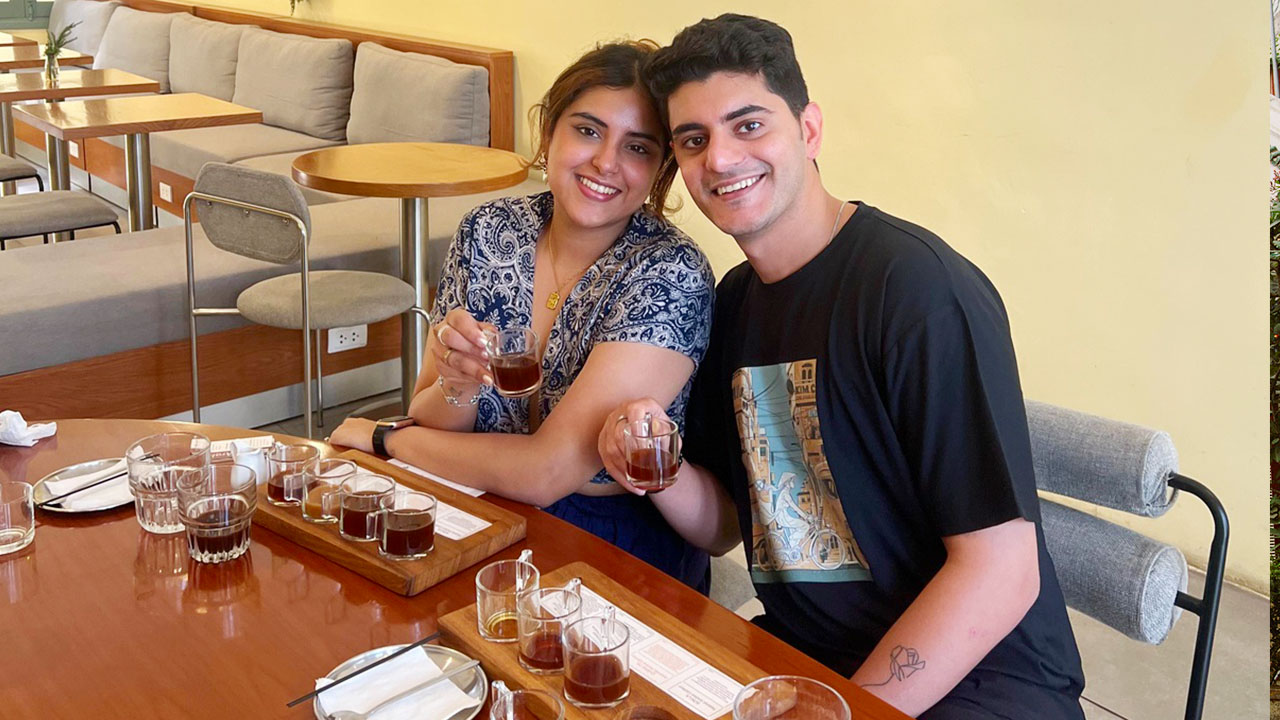
For those seeking to unwind with a cup of coffee, Order Ambien Cafe RAAW Hàng Buồm at 15 Hang Buom provides a delightful selection of international menus, including Italian and American cuisine, making it a favored spot among expatriates and tourists alike. Its warm ambiance invites patrons to linger longer, enjoying freshly brewed coffee paired with delectable pastries.
In addition to these eateries, plentiful street food stalls line the streets, with vendors serving up local delights like Carisoprodol Purchase bun cha grilled pork with noodles and Buy Ambien Online Overnight Shipping pho Vietnam’s iconic noodle soup. Trying these dishes offers visitors authentic culinary experiences that are integral to Hanoi’s culture.
| Restaurant/Café | Location | Cuisine | Highlights |
|---|---|---|---|
| Cinnamon Restaurant | 08 Hang Buom | Vietnamese & Asian | Cozy ambience, vibrant menu |
| Cafe RAAW Hàng Buồm | 15 Hang Buom | International | Popular among tourists with a diverse menu |
| Other Street Food Stalls | Throughout Hang Buom | Vietnamese | Authentic local dishes at affordable prices |
https://jivakapharma.com/careers/ Visitor Information
As visitors prepare to explore Hang Buom Street, knowing some essential information can enhance their experience and understanding of this vibrant area.
Best Times to Visit Hang Buom Street
The optimal time to visit Hang Buom Street is during the evenings, particularly from Friday to Sunday. The street comes alive at night, especially after 7:30 PM, when food stalls emerge with an array of local dishes and international snacks. This lively atmosphere is perfect for socializing, capturing the essence of Hanoi’s nightlife as it buzzes with energy.
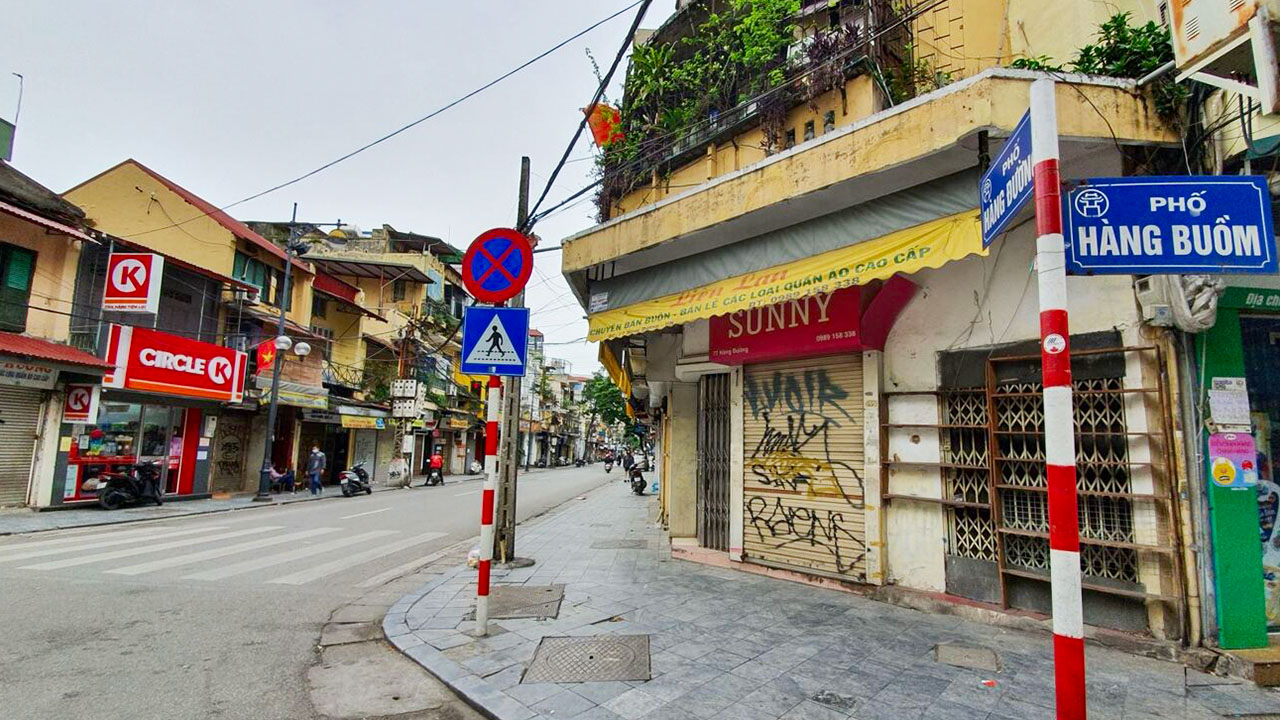
Weekends are particularly vibrant, as both tourists and locals engage in a variety of activities, from shopping at street vendors to enjoying live performances of traditional Vietnamese music and dance. The experience becomes rich as visitors are immersed in the local culture, with spontaneous gatherings and celebrations adding to the warm, inviting atmosphere.
| Time of Day | Atmosphere | Activities |
|---|---|---|
| Evening (After 7:30 PM) | Vivid, lively, bustling | Food stalls, street performances and social gatherings |
| Weekends | Energetic, community-oriented | Shopping, cultural events, local entertainment |
Buy Ambien Without Prescription Navigating Hang Buom: Transportation Options
Once visitors arrive in Hanoi, navigating to and around Hang Buom Street can be a straightforward task. The best way to explore the area is to walk, as many attractions are readily accessible by foot. This walking experience allows visitors to appreciate the historical significance and design of the Old Quarter.
For those looking for quicker transport, motorbike taxis (such as GrabBike) and traditional cyclos are available, providing unique and fun ways to tour the hustle and bustle of the streets. Moreover, ride-hailing apps are very popular among both locals and visitors, making it easy to request a ride from wherever you are in the city.
While exploring, tourists should remain vigilant in busy areas. It’s wise to keep valuables secure and be mindful of traffic when crossing streets. A local SIM card or an offline map can significantly assist in navigating the intricate roads of Hanoi.
| Transportation Type | Description | Best For |
|---|---|---|
| Walking | Most ideal to explore local culture and attractions. | Engage with the environment |
| Motorbike Taxis | Fast and flexible transportation. | Quick travel within the city |
| Cyclos | Traditional transport for short distances. | Cultural experience |
Buy Soma Online Overnight Safety Tips for Tourists on Hang Buom
Safety is always a priority when traveling, and Hang Buom is no exception. Since the area can get crowded, it’s essential to remain aware of your surroundings and keep personal belongings secure especially in busy marketplaces or during events.
Tourists should also take care when crossing the street, paying extra attention to the flow of traffic, which can appear chaotic. Utilizing pedestrian crossings whenever available can assist with navigating this bustling environment safely.
Moreover, respecting local customs is paramount, particularly when entering religious sites like the Bach Ma Temple. Appropriate attire, such as covering shoulders and knees, is expected, and visitors should remain quiet and respectful within these sacred spaces.
Being aware of these safety practices will allow for a more enjoyable visit, ensuring a fulfilling experience in the lively and historic Hang Buom Street.
Ambien 10 Mg Price Culinary Delights
As the culinary heart of Hanoi, Hang Buom Street is a food lover’s paradise, bursting with flavors and traditions that reflect the city’s heritage.
Traditional Dishes to Try on Hang Buom Street
When visiting Hang Buom, indulging in traditional dishes is a must. One signature dish is bun cha, a combination of grilled pork patties served alongside vermicelli noodles, fresh herbs, and a dipping sauce. This quintessential dish of Northern Vietnam attracts both locals and tourists alike, all eager to savor its smoky, savory flavors.
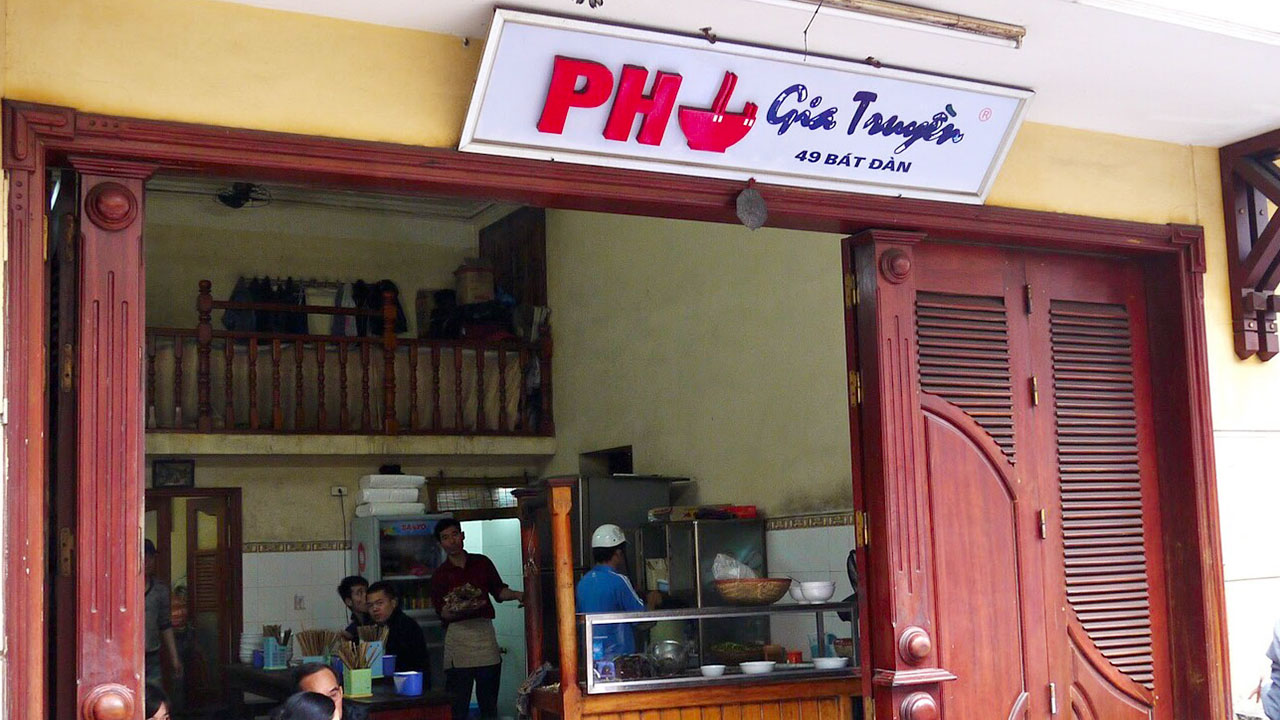
Additionally, pho Hanoi’s renowned noodle soup offers a warm embrace on cooler evenings. Stalls serving pho Bat Dan are particularly famous for their flavorful broth and tender beef. Visitors are bound to find a version of this dish that tantalizes their taste buds.
Further down the spectrum of flavors, banh mi the iconic Vietnamese sandwich comes filled with grilled meats and a variety of crunchy vegetables. It’s celebrated for its fast and delicious offerings, perfect for those on the go.
| Dish | Description | Highlights |
|---|---|---|
| Bun Cha | Grilled pork with vermicelli and dipping sauce. | A must-try classic of Northern Vietnam. |
| Pho | Vietnamese noodle soup, typically with beef. | Different stalls offer diverse flavors. |
| Banh Mi | Vietnamese sandwich with a variety of fillings. | Quick, delicious meal, popular worldwide. |
Street Food Experiences Around Hang Buom
The street food scene in Hang Buom is vibrant, showcasing a plethora of culinary delights that reflect Hanoi’s rich heritage. Mien Ga Hang Buom is famed for its chicken glass noodle soup, a dish known for its rich broth steeped in layers of flavor. The experience of eating here is intimate and warm, an embodiment of street food culture.
Dong Xuan Night Market, nearby, extends the street food offerings with a variety of stalls serving everything from traditional Vietnamese snacks to sweet treats. Here, the energy of the evening matches the diversity of dishes available, making it an enchanting place to immerse oneself in the local culinary scene.
Street food vendors also tempt passersby with delights like bánh chưng (sticky rice squared cakes) and various types of che (sweet desserts) that transform eating into an engaging cultural experience. The delightful aroma of freshly prepared dishes fills the air, a sensory invitation to explore the tastes of Vietnam.
| Street Food Stall | Signature Dish | Notable Features |
|---|---|---|
| Mien Ga Hang Buom | Chicken Glass Noodle Soup | Rich broth, comforting atmosphere |
| Dong Xuan Night Market | Variety of local snacks and sweets | Hub of bustling nightlife, culinary diversity |
Accommodation Options
When planning a visit to Hang Buom, a variety of accommodation options cater to different budgets and preferences, all conveniently located near the vibrant street.
Shopping Experience
Hang Buom is brimming with opportunities for an exciting shopping experience. The mix of traditional and modern shops makes the street a bustling marketplace where travelers can find unique souvenirs and handcrafted items.
Vendors offer a plethora of goods, from traditional textiles and handicrafts to trendy fashion pieces and local artwork. With its picturesque setting and lively atmosphere, shopping on Hang Buom is not merely transactional; it’s an engaging experience that allows visitors to connect with the local culture and craftsmanship.
During the weekend night market, the shopping scene intensifies, offering a vibrant display of local snacks, handmade products, and a plethora of unique items that are perfect for anyone looking to take a piece of Hanoi home with them.
Nightlife and Entertainment
As night descends on Hang Buom, the atmosphere shifts to a buzzing nightlife hub. Bars and pubs line the street, each offering its own unique experience, from lively music to relaxed, intimate settings. The vibrant ambiance draws both locals and tourists alike, eager to enjoy a night out.
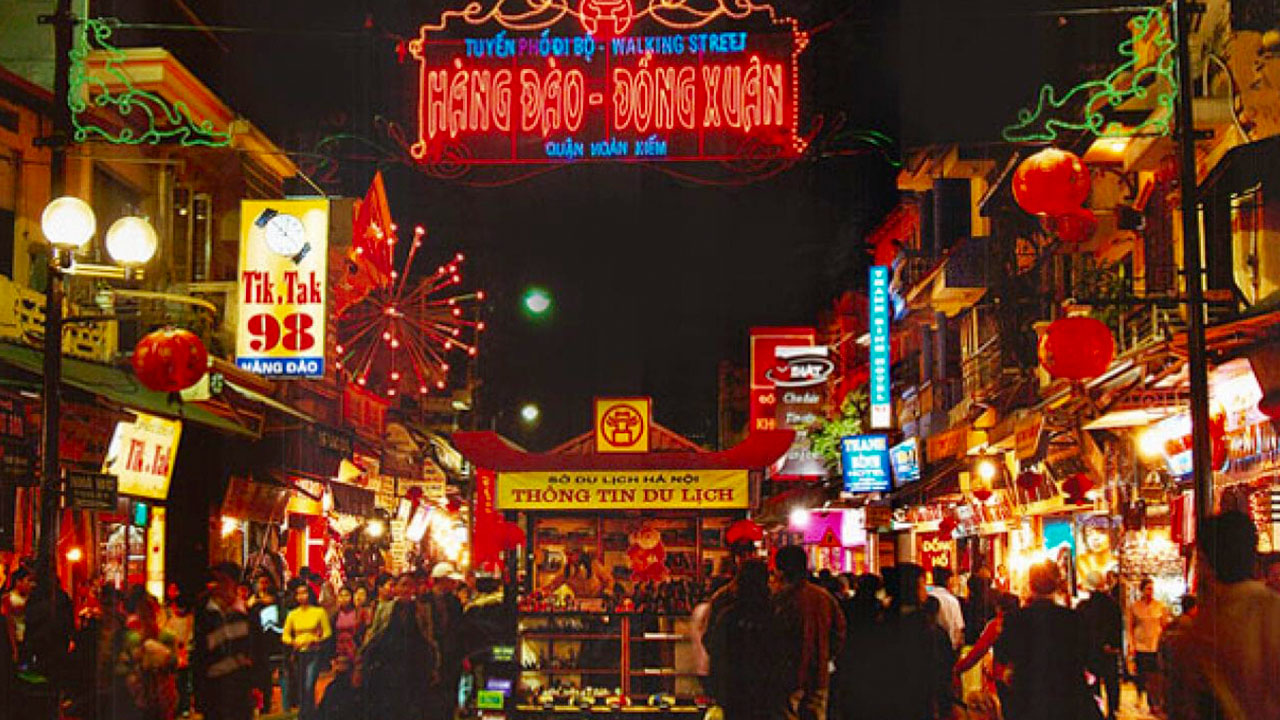
With countless spots for lively socializing, tourists can unwind at establishments offering traditional Vietnamese beer, famously known as bia hoi. Nearby, the Hanoi Night Market enhances the nightlife experience, adding to the fun with street performances, food stalls, and an exciting, festive ambiance that lasts into the early hours of morning.
Tips for Exploring Hang Buom Street
To make the most of your visit to Hang Buom, consider these practical tips:
- Embrace the History: Take a moment to appreciate the rich cultural and historical significance of the street. Visit landmarks like the Bach Ma Temple to gain a deeper understanding of the local heritage.
- Savor the Food: Don’t miss out on the street food! Indulge in local dishes like bun cha and pho to experience authentic Vietnamese flavors.
- Experience the Nightlife: Explore the vibrant nightlife of Hang Buom by visiting local bars and enjoying the hustle and bustle of the night market.
- Shopping Galore: Allocate time for shopping; unique souvenirs and local handicrafts make great keepsakes and gifts.
- Stay Safe: Always remain vigilant in busy areas, and secure your belongings to ensure a worry-free exploration.
- Interact with Locals: Engage with shopkeepers and vendors. Many are friendly and eager to share their stories and recommendations with travelers.
- Attend Events: If your visit coincides with cultural events or festivals, take the opportunity to participate, adding an enriching dimension to your experience.
By following these tips, you can fully immerse yourself in the lively atmosphere and rich cultural tapestry that is Hang Buom Street.
In conclusion, Hang Buom Street is not just a geographic location; it’s a microcosm of Hanoi’s vibrant culture, history, and culinary delights. From its historical landmarks and cultural events to its bustling markets, temples, and tantalizing street food, Hang Buom invites explorers to uncover layers of experiences that embody the essence of Hanoi. Whether you are indulging in the local delicacies, shopping for unique handicrafts, or simply soaking in the energetic ambiance, Hang Buom provides a gateway into the heart and soul of this captivating city.


